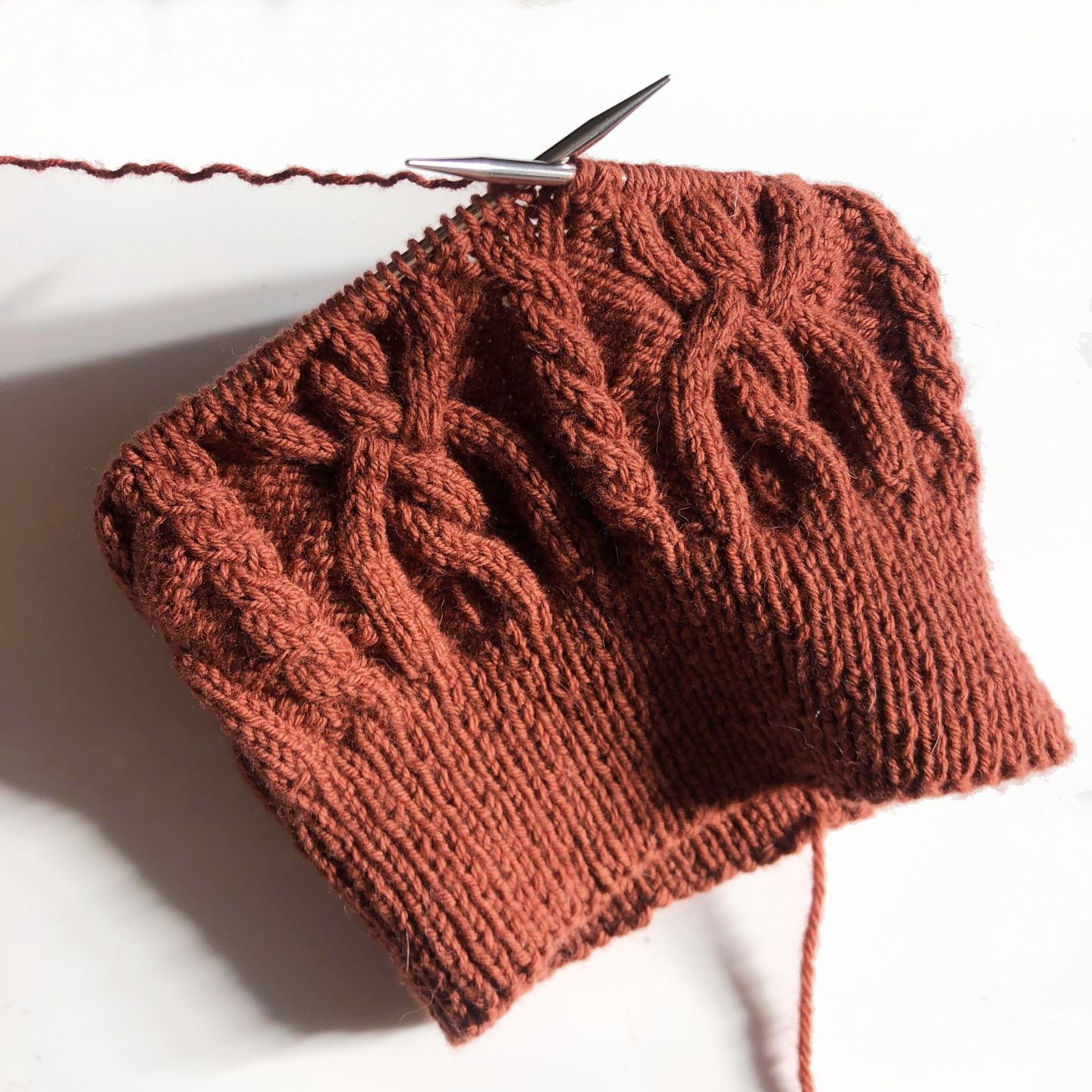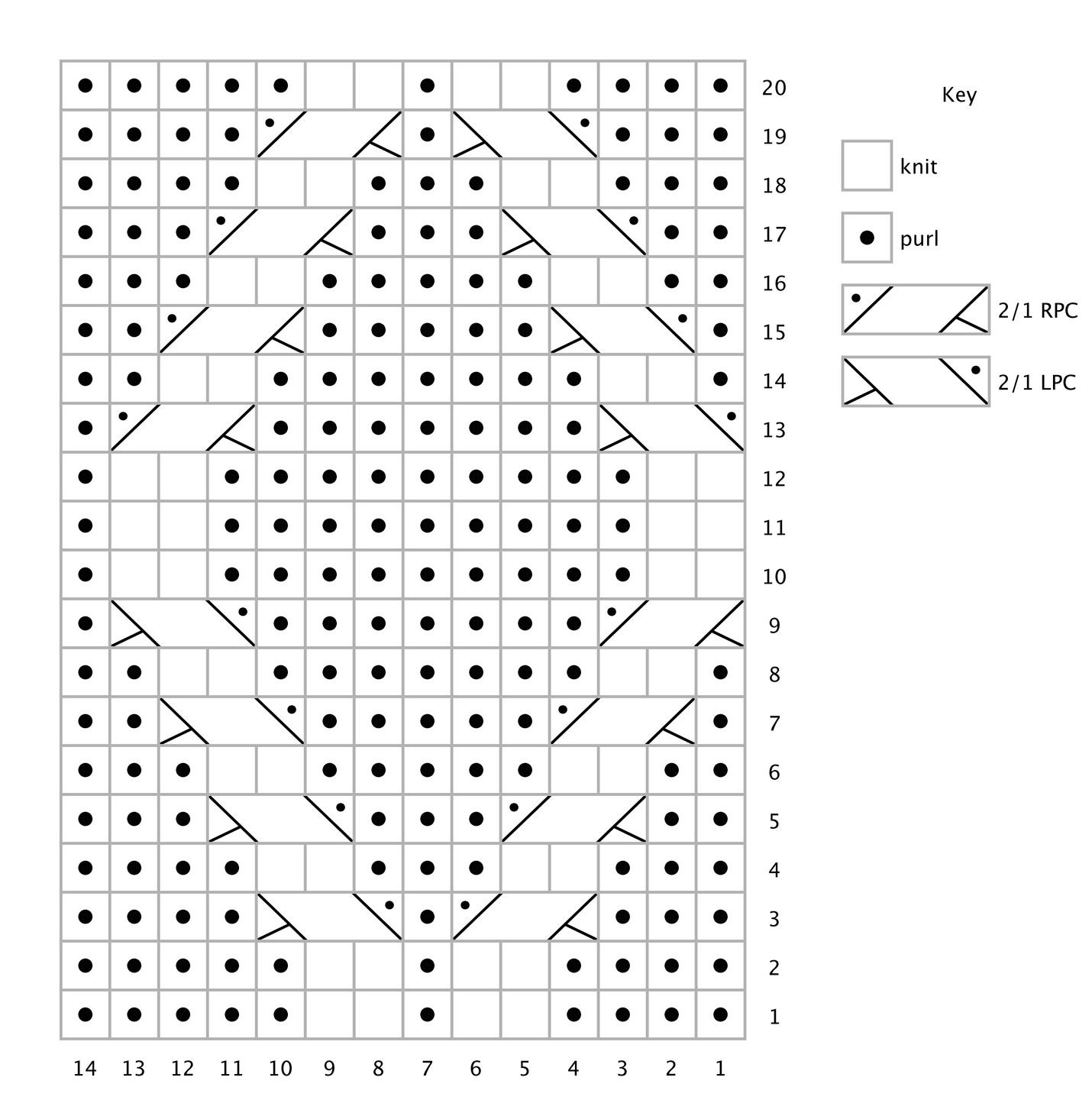Which side is the right side in knitting
Which side is the "right side" (RS) in knitting?
Knitting patterns often refer to the "right side" (RS) or "wrong side" (WS) in the instructions. "Right side" refers to the side of the fabric that is going to be on the outside of the finished project. It's the side that everyone will see and if you're working with cables or stitch patterns then they'll be looking the best on this side.

The "wrong side" faces inward and is usually less pretty. It's where the ends of yarn are woven in once you've joined new yarn, where seams or edges of necklines are hidden and where any cables or stitch patterns might look chaotic.

A knitting pattern will often indicate which side is the right side and provide instructions specific to that side. For example, a pattern might instruct you to "knit on the right side and purl on the wrong side" or "work pattern stitches only on the right side." It's important to pay attention to these instructions to make sure that your project looks like the sample in the picture or illustrations.

CHARTS: Charts also have instructions for both sides, with most cables, yarn overs or decreases/increases only happening on the right side (as above). The wrong side rows will often just be plain and usually just you'll knit the knits and purl the purls across the entire row. But some charts will only show instructions for the right side (as below), so be sure to check the numbers on the right-hand side of the chart itself.

If the chart only shows every second row (eg 1, 3, 5 instead of 1, 2, 3) then it's assumed you'll just knit the knits and purl the purls for every other row in the pattern. Some designers choose this type of chart to avoid visual clutter or to make the chart smaller.
If you're ever unsure about which side is the right side on your knitting, you can look for visual cues such as the smoother appearance, clearer stitch definition, or the presence of a stitch pattern. You can also just choose the one that looks better to you or aligns with the pattern instructions. Some garments just look great from both sides (any type of rib stitch is good like that) so if all else fails, just pick a side and put a safety pin on it as your future reference.
